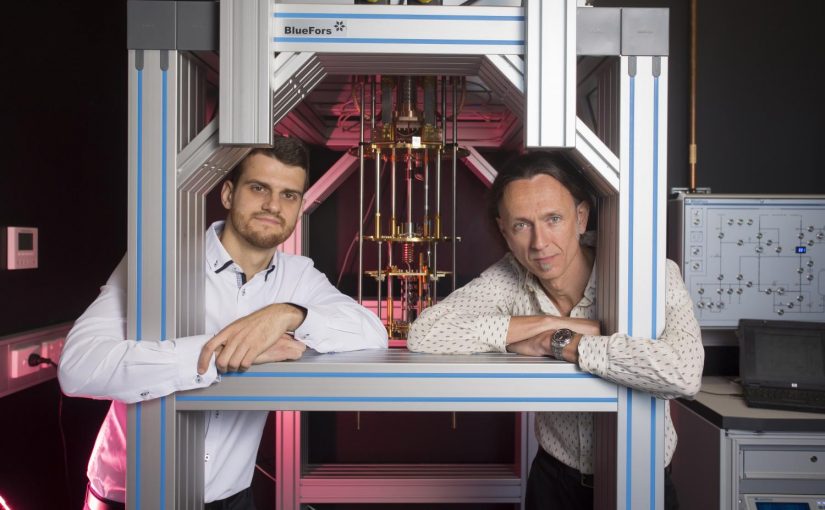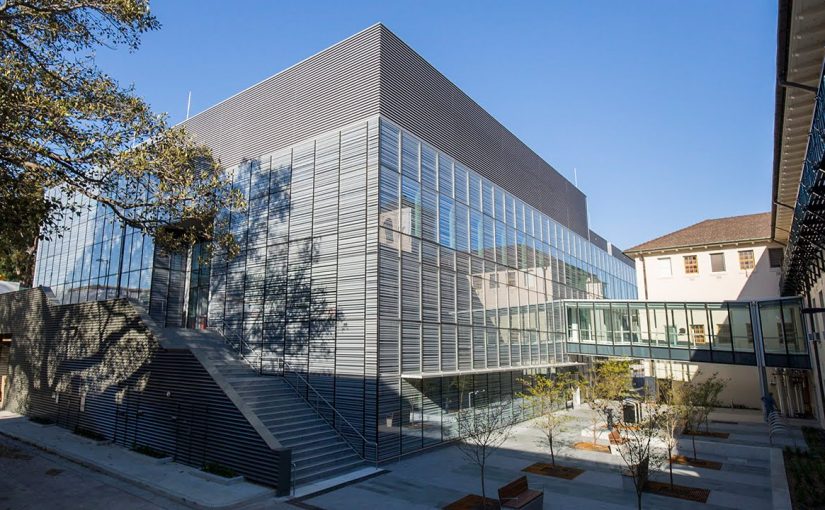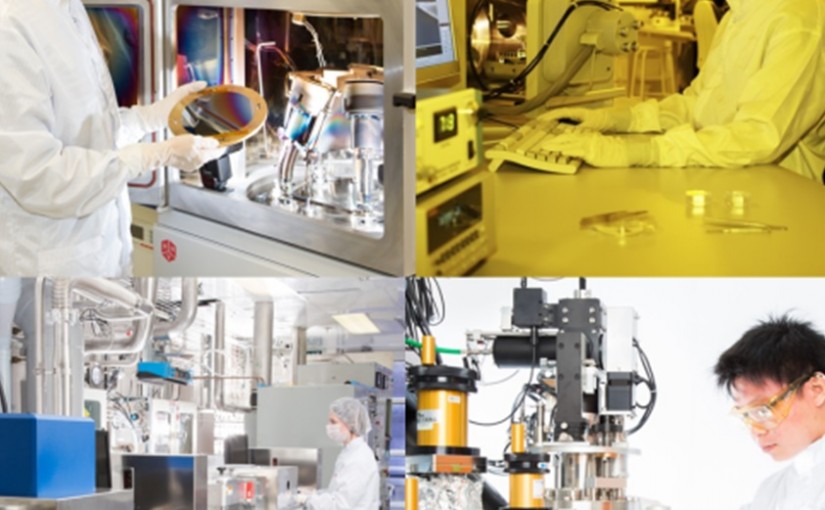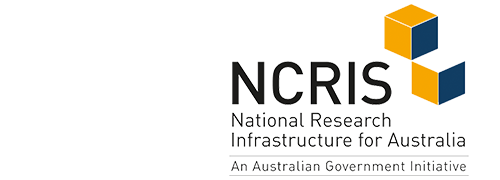Date: Friday 6th Oct 2017
Time: 2:30 – 3:30 pm
Location: Red Centre Central Wing 1042
Title: Human Neural Chip Platforms
Speaker: Associate Professor Charles Unsworth
Abstract: In this talk, I will discuss how my group are developing a transformative silicon chip technology that will allow us to build highly accurate large scale grid networks of neurons on chip which are electrically addressable at the single cell level. We will achieve this aim by innovatively combining our recent breakthroughs in cell patterning and ultra-sensitive electrode design with laser cell steering and laser ablative microsurgery to produce precisely defined circuits on chip. This will provide an enabling platform technology for scientists to accurately map how the electrical signals of cells propagate from the single cell level through to large network scales, currently not possible, providing higher degrees of control and repeatability over randomly cultured networks. The technology’s impact will be to enable scientists to investigate healthy networks of cells in order to understand how electrical signalling propagates during processes such as learning and memory. In addition, it will enable researchers to study how the propagation of electrical communication may change in dysfunctional networks such as occur in epilepsy and stroke.
Bio: Associate Professor Charles Unsworth is Director of the Neural Engineering Group, which he established in 2002. His group specialises in Neural Chip in vitro models, Advanced Nonlinear Signal & Image Processing and Neural Mathematical Models in the Department of Engineering Science.
Please RSVP to a.see@unsw.edu.au










